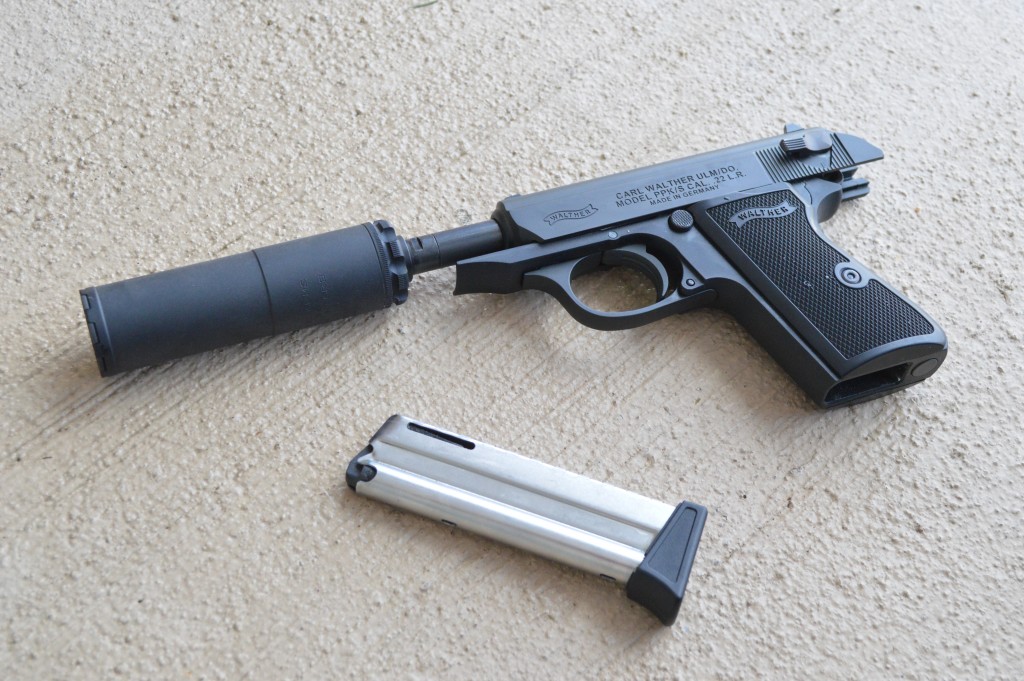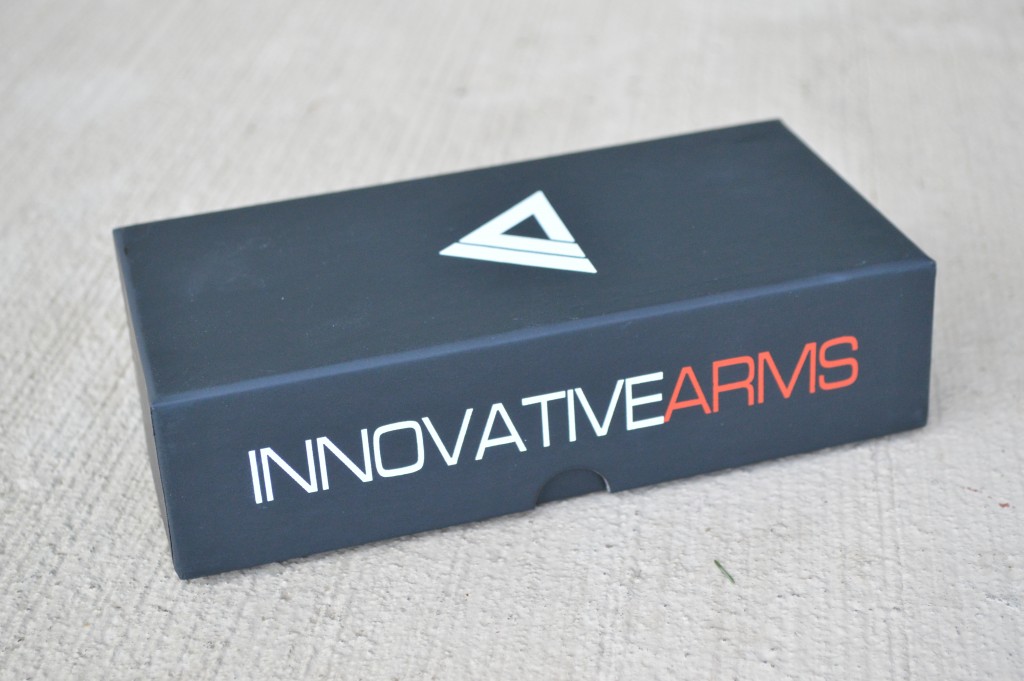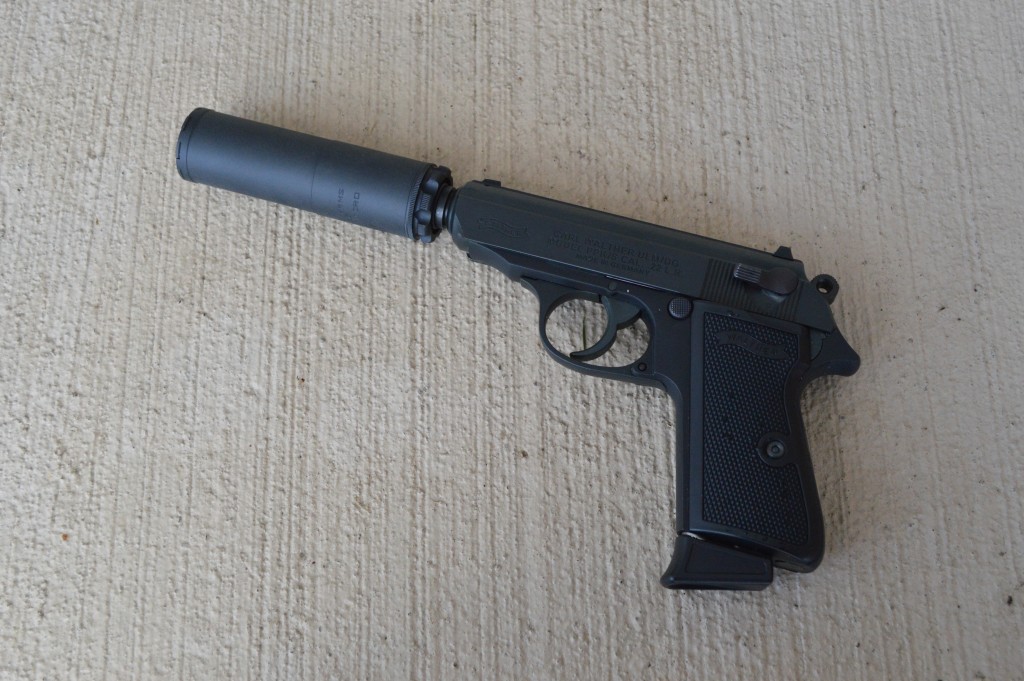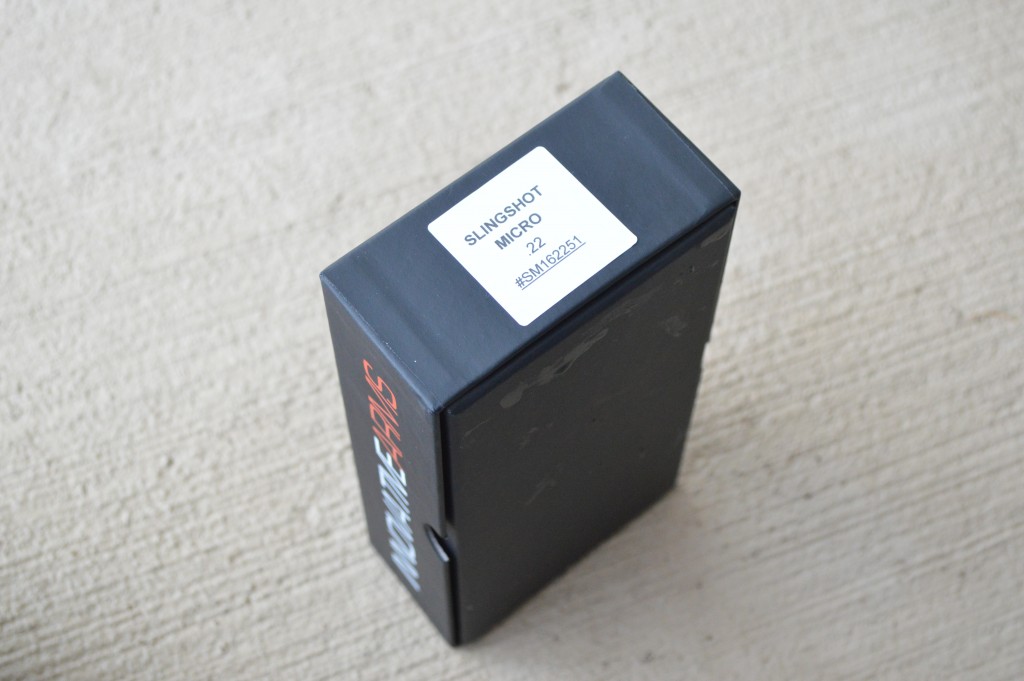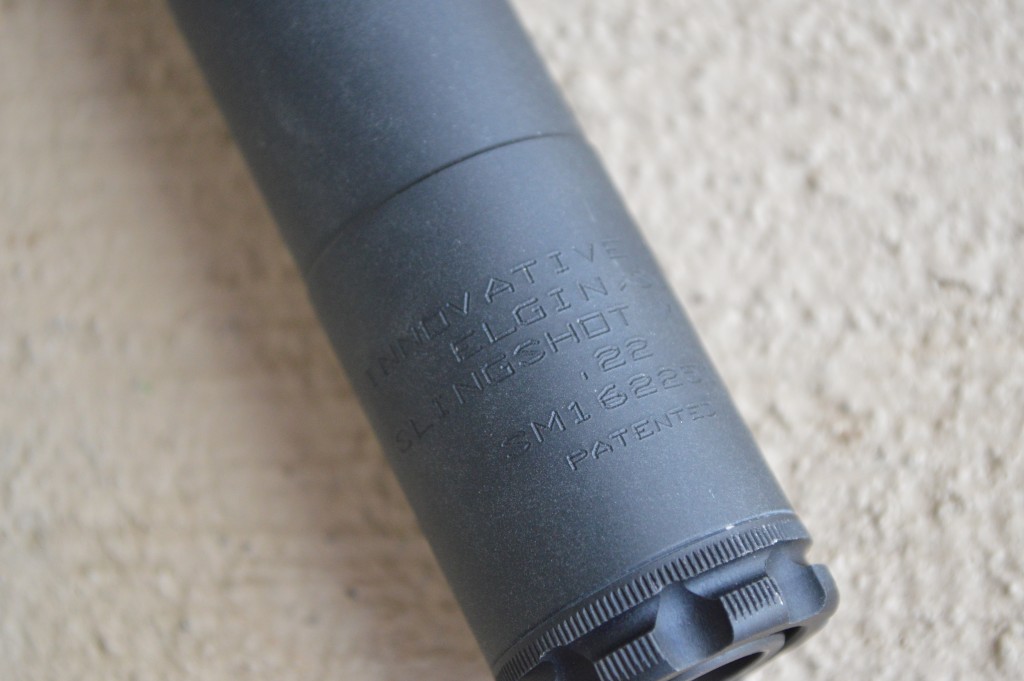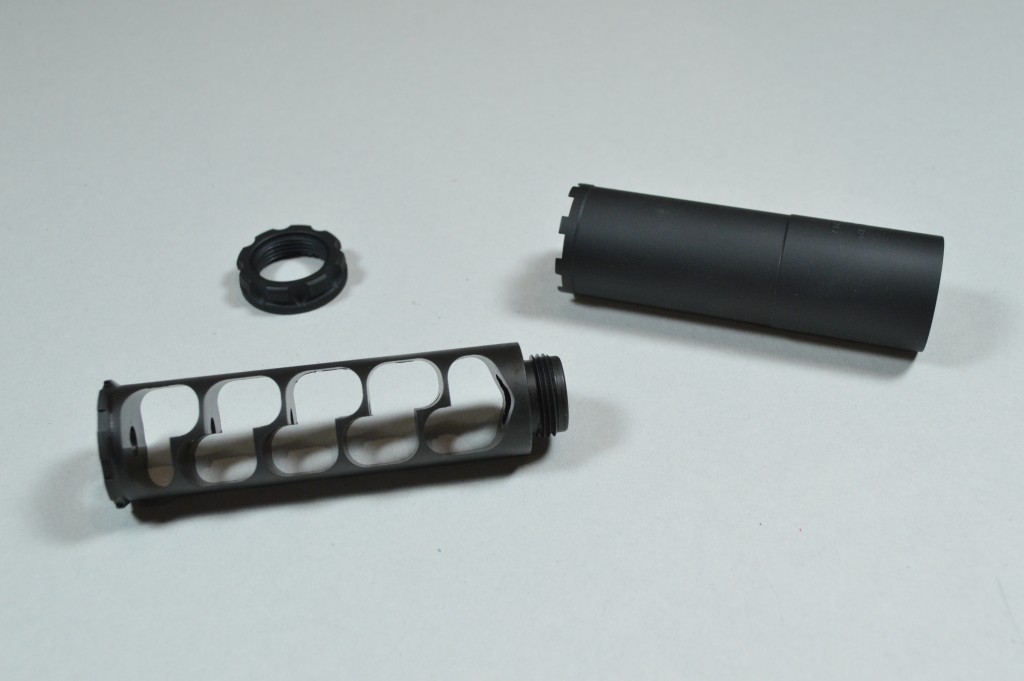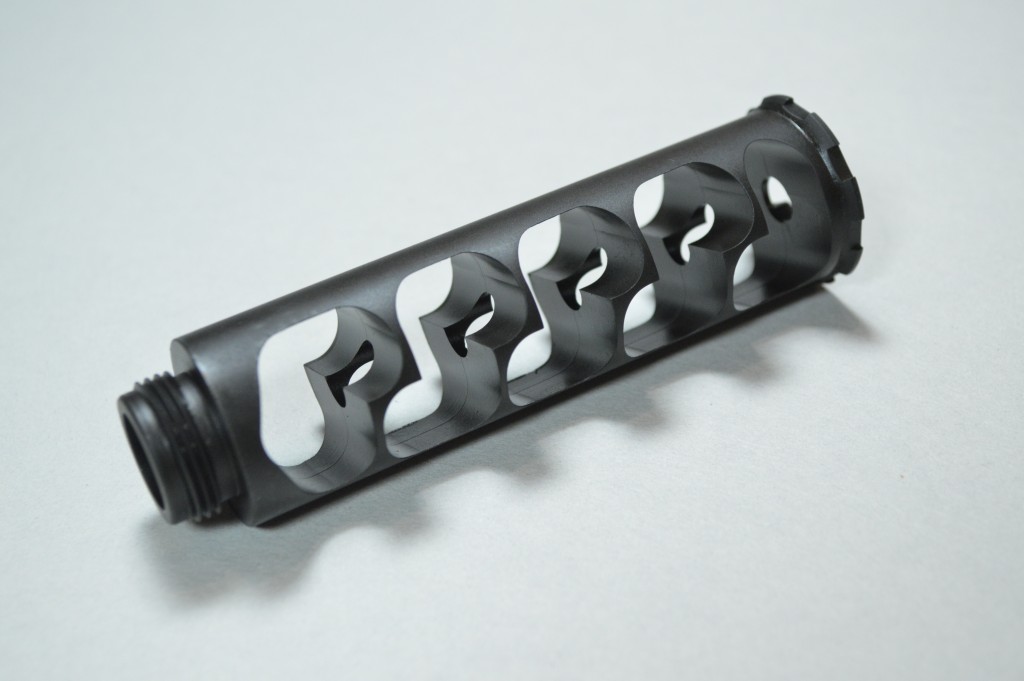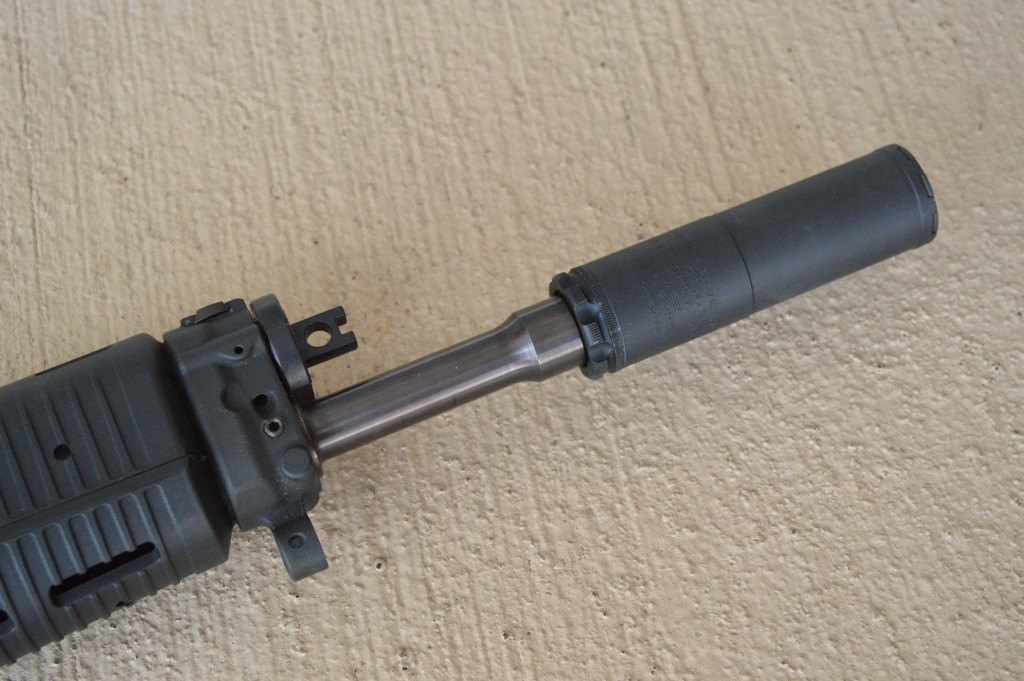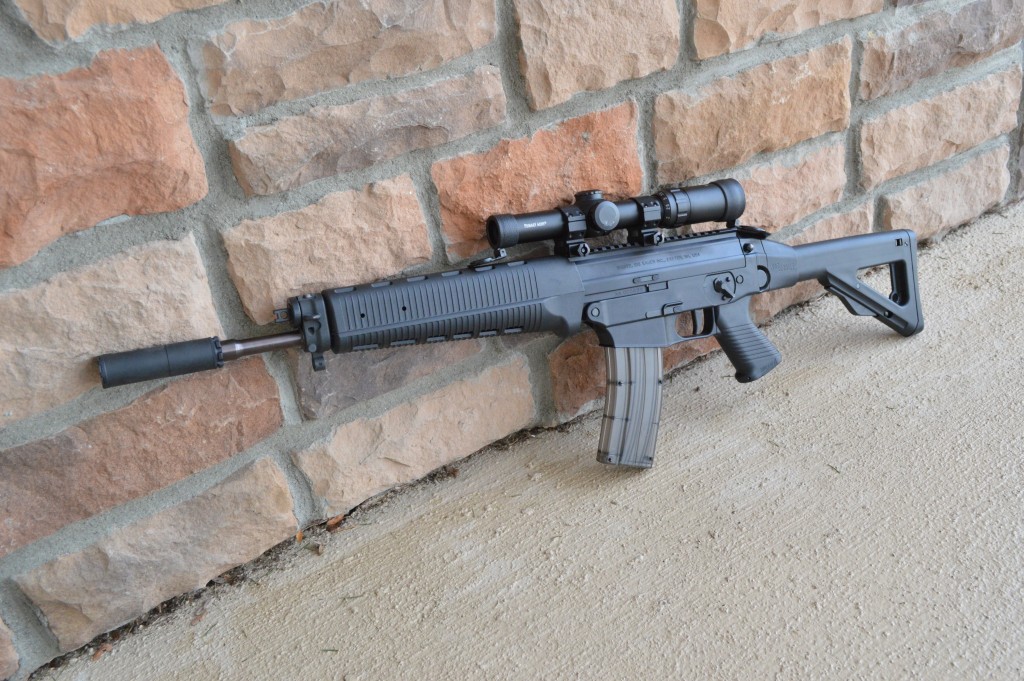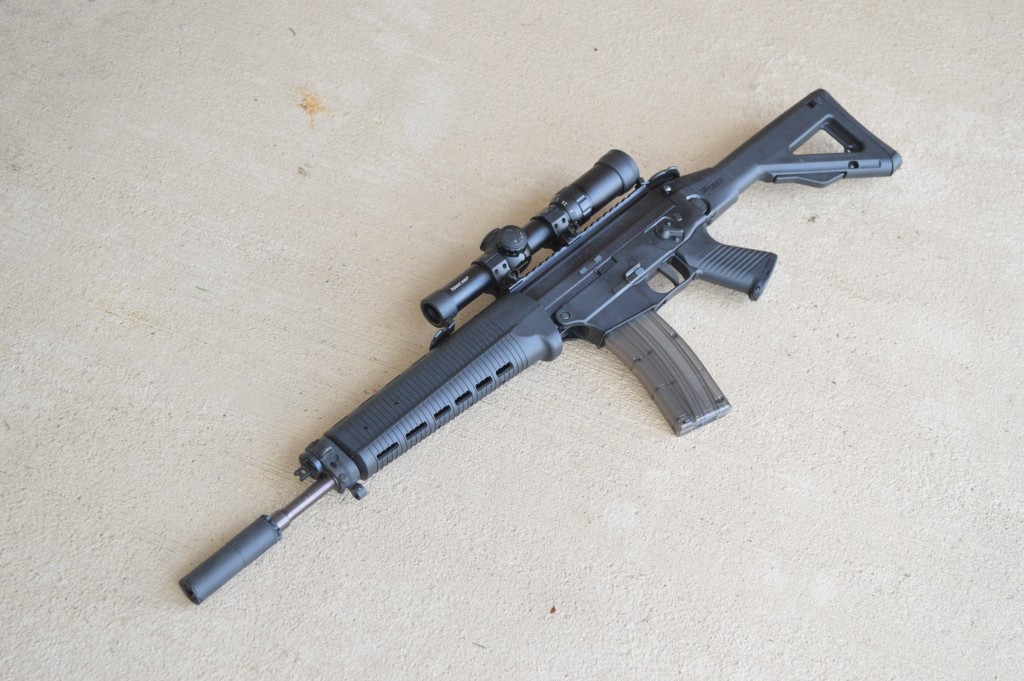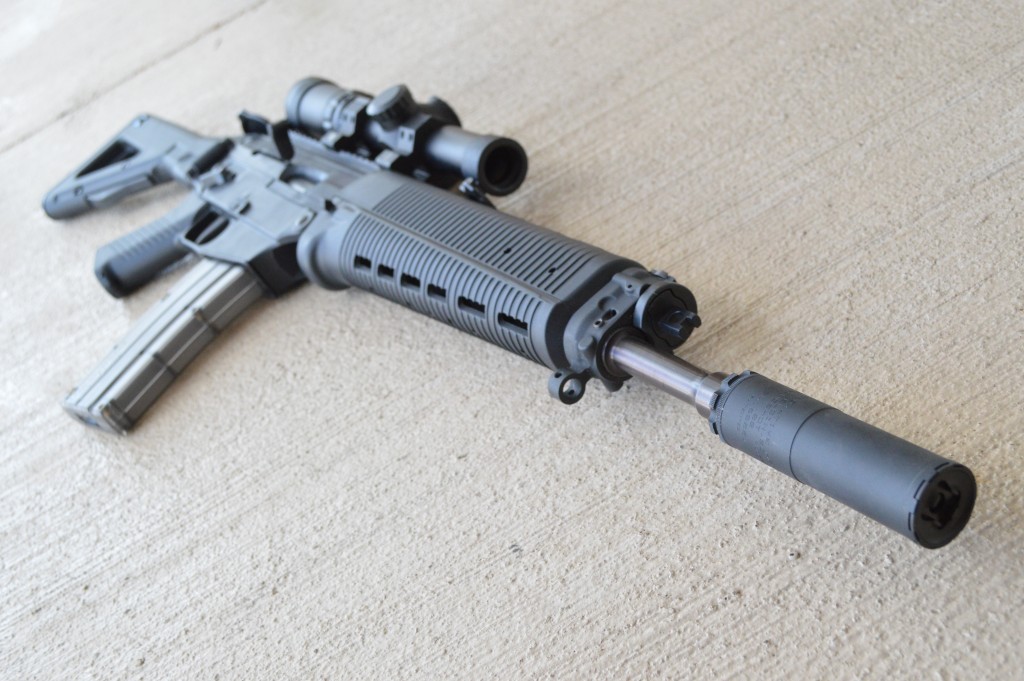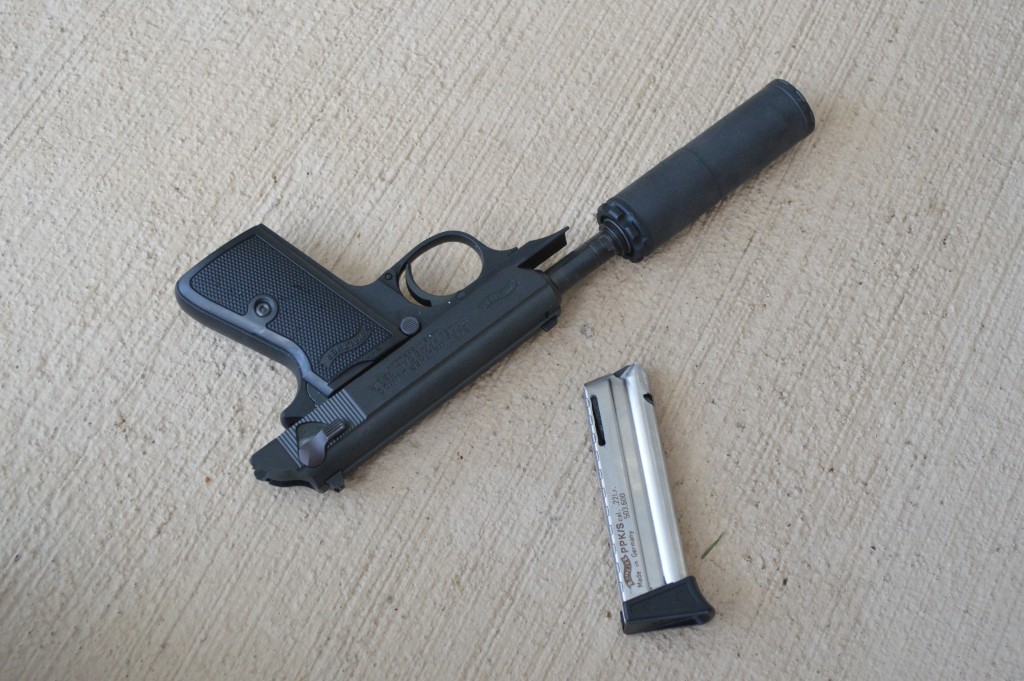Silencer Shop Authority: Innovative Arms Slingshot Micro Review
Around a month ago, the good people at Silencer Shop sent over a huge haul of suppressors for me to examine. Five cans in total, the shipment consisted of silencers of various calibers and manufacturers, but the overwhelming bulk of the contents were brand new demo models from Innovative Arms’ recently refreshed and expanded lineup. I recently published my review of Innovative’s Interceptor 5.56. While I found it to be somewhat on the loud side and a little heavy, I also noted that it appeared to be very durable and had an excellent mounting system. Today, we will be taking a look at Innovative Arms’ similarly durable, but far smaller Slingshot Micro. This .22 caliber suppressor is the smallest in the company’s lineup and is among the shortest offerings in the category as a whole. Read on to see how it fared.
Size & Weight
The Slingshot Micro’s most endearing asset is probably its remarkably diminutive stature. At just a hair over 3.25” long, it’s one of the shortest rimfire suppressors available. It is a bit larger in diameter than some .22 silencers at 1.125”, but it isn’t large enough to block handgun sights. In fact, on an already compact pistol like my Walther PPK/S .22, it truly made for a fun and tiny combination. At the same time, if I moved it over to my SIG 522, the Slingshot Micro was barely larger than a long muzzle device.
Now, one area where the all-stainless Slingshot Micro suffers somewhat Is its weight. I’ve been fortunate to try some really feathery rimfire silencers lately, so it was a little surprising to find that the Micro weighs in at 5.9 ounces. That’s a reasonable overall weight for a silencer that is made entirely of stainless steel, but it is also enough that I would probably pony up the extra change for the Slingshot-Ti Micro, which comes with a titanium tube and listed weight of just 3.9 ounces.
Materials & Design
As I mentioned in the previous section, the Innovative Arms Slingshot Micro is made almost entirely out of stainless steel. The only portion of the silencer that isn’t stainless is the core’s retaining ring that sits at the rear of the silencer, near the threads. This material choice makes the Micro fairly heavy, but it also means that the suppressor can be used with full-auto .22 LR and semi-automatic use with all rounds up to 5.7x28mm. The stainless construction also means that shooters can use just about anything to clean the Slingshot Micro, but there is a downside to harsh agents like ultrasonic tanks. They’ll likely remove the silencer’s ceramic finish. Considering the Slingshot Micro’s size and durability, I think it would make for a really fun addition to the end of a short-barreled FN PS90.
Taking the silencer apart for cleaning is very simple. Just unscrew the retaining ring and push the core out through the front of the tube. If you’ve used the can a lot and lead fouling make the core a challenge to press out, a firm smack of the threaded end against your workbench or with a rubber mallet should pop it loose. The fact that the core itself does not need to be unscrewed for disassembly makes the Slingshot Micro one of the easiest monocores to clean.
Once the core is out, you’ll find that it looks quite a lot like the inside of Innovative Arms’ centerfire offerings. The can’s four baffles all feature large 90-degree steps at their midpoints that create S-shaped chambers inside the tube. The steps serve a similar function to the mouse holes in conical baffles, as they allow some gas to pass through and into the next chamber, but not without a change in direction. Without the steps, the Slingshot’s baffles would resemble washers and would not perform nearly as well.
Range Report
The small size of the Innovative Arms Slingshot Micro makes it tempting to look at the suppressor as ideal for .22 LR pistols, but that isn’t necessarily the case. Rimfire handguns offer less barrel length (and bore volume) than their rifle counterparts. This leaves less space for powder burn and makes unsuppressed .22 LR pistols almost 20 dB louder than rifles.
Short silencers like the Micro don’t offer enough additional space to make up for pistols’ disadvantage. As a result, the Slingshot Micro sounds quite a bit louder on pistols than it does on rifles. I would estimate that when used with my PPK/S, the Micro metered at around 125 dB according to milspec standards (one meter to the side of the muzzle). That’s roughly as loud as a suppressed centerfire handgun.
Moving the Micro over to my SIG 522 was a wholly different tale. On the rifle’s 16” barrel, the can sounded nearly as quiet as the full-size Slingshot. It also handled much like a standard muzzle device. Therein lies the real strength of a small silencer like the Micro. With .22 LR and a 16” barrel, you simply don’t need a full-size can to effectively quiet the muzzle report. The Slingshot Micro is just a hair over half as long as many standard rimfire silencers, and it makes a noticeable (if small) difference in maneuverability.
As you might expect from a monocore suppressor, the Slingshot Micro has significant first-round pop (FRP). Monocores typically feature larger blast chambers than stacked baffle designs and they don’t slow gasses as quickly either. This combination leads to loud first shots as the oxygen inside the suppressor reacts with the expanding gas and unburned powder. Again estimating, I would say that the Micro’s FRP on a handgun is somewhere around 7 dB on average and around 5 dB on a rifle.
Conclusion
For the most part, I really, really like the Innovative Arms Slingshot Micro. It’s supremely compact, sounds great on a rifle, and disassembles very easily. I don’t love monocores as they universally have too much FRP for my taste. Still, my appreciation for the Micro’s form factor is enough to negate much of the frustration I feel toward its first-round performance.
An information security professional by day and gun blogger by night, Nathan started his firearms journey at 16 years old as a collector of C&R rifles. These days, you’re likely to find him shooting something a bit more modern – and usually equipped with a suppressor – but his passion for firearms with military heritage has never waned. Over the last five years, Nathan has written about a variety of firearms topics, including Second Amendment politics and gun and gear reviews. When he isn’t shooting or writing, Nathan nerds out over computers, 3D printing, and Star Wars.

